Construction of the Memorial

Treister said he began the design of the Memorial with “no preconceptions as to its form, moved only by the indelible image of a human tragedy unparalleled in the history of humankind.” In this photo, Treister sculpts part of a model out of clay. It took about one year to produce the initial 17-feet-high clay model—one third of the final size. Mexico City, 1987.

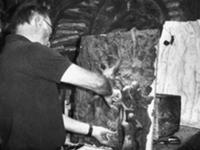
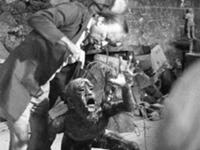
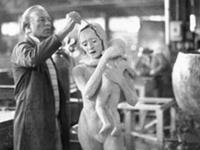
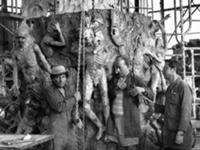
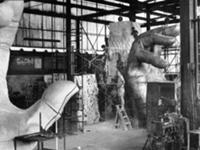
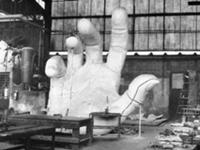
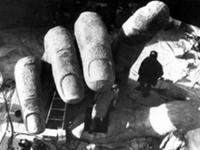
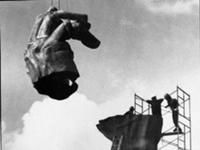
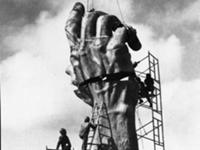








 Holocaust Memorial Miami Beach, a Committee of the Greater Miami Jewish Federation
Holocaust Memorial Miami Beach, a Committee of the Greater Miami Jewish Federation